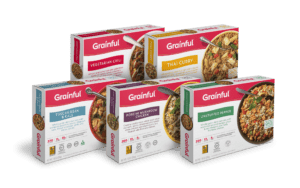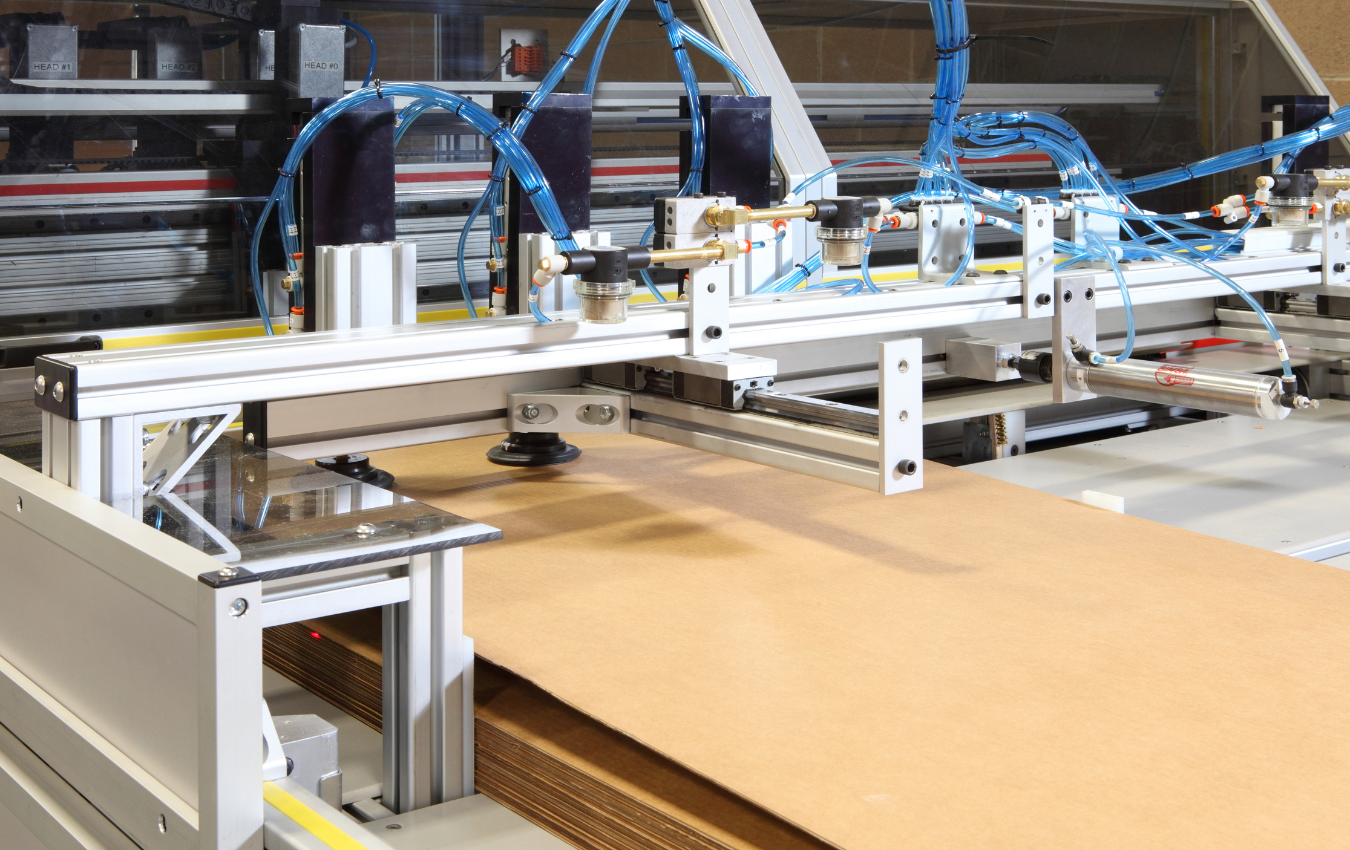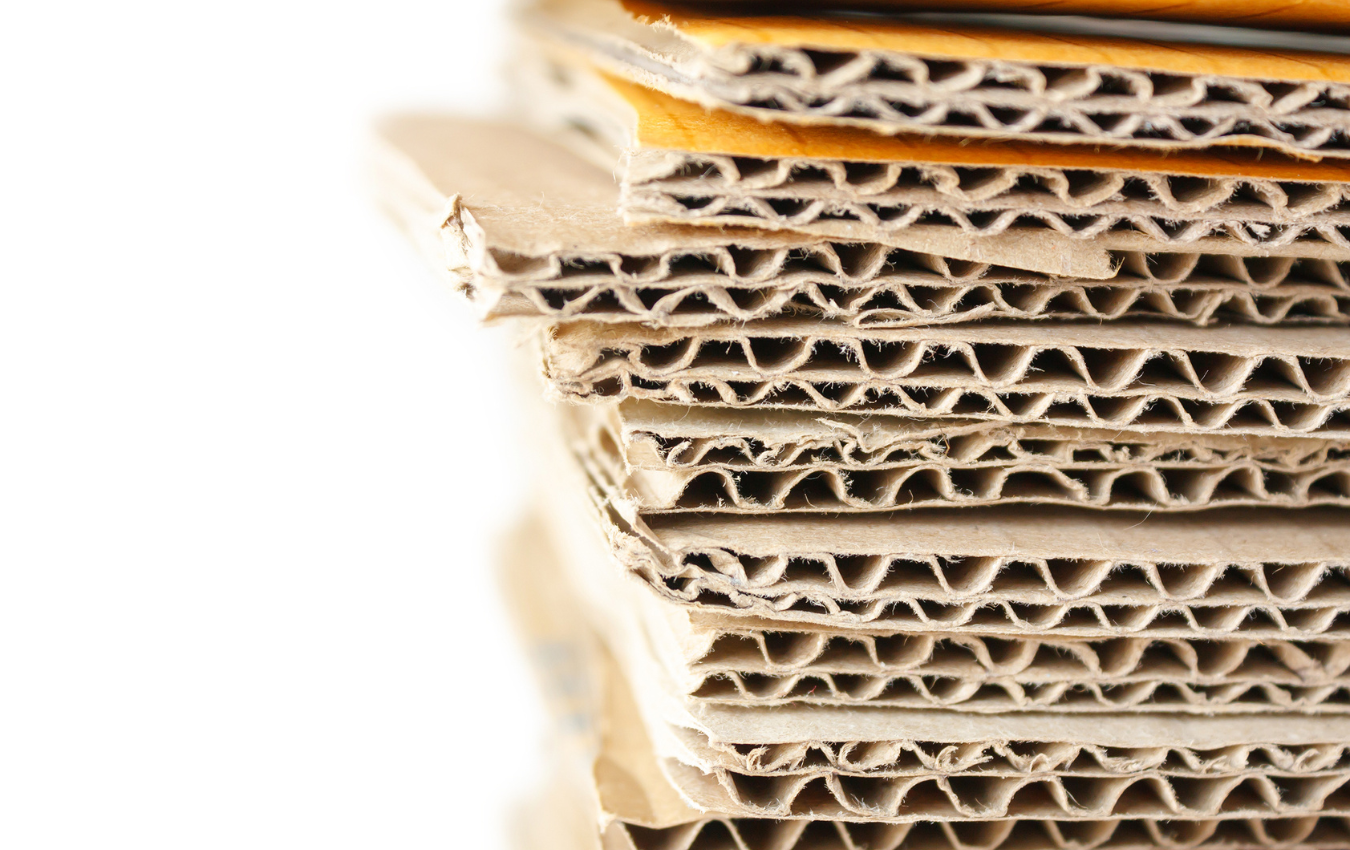Home » What to Do After Receiving a Packaging Sample
What to Do After Receiving a Packaging Sample
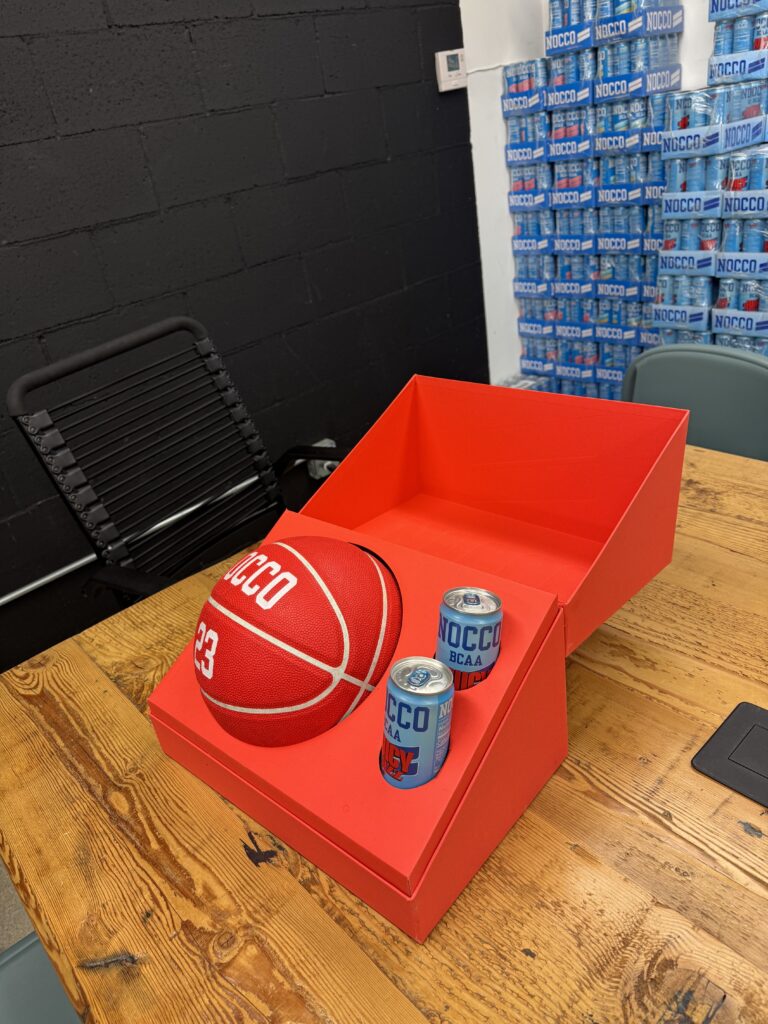
Before committing to a full production run, businesses often receive packaging samples to evaluate fit, functionality, print quality, and overall design. Whether it’s a digital sample (3D render) or a physical prototype, thoroughly assessing the sample ensures that the final packaging meets aesthetic, protective, and branding requirements.
Evaluating a Digital Packaging Sample
A digital sample, such as a 3D rendering or a dieline proof, is typically the first step in the approval process. It provides a visual representation of the packaging without producing a physical sample.
What to Check in a Digital Sample:
- Structural Accuracy: Ensure the dieline dimensions match your specifications.
- Print & Branding Alignment: Confirm that logos, graphics, and text are correctly placed.
- Color Representation: Compare digital colors with your brand standards (note that digital colors may vary slightly from printed results).
- Typography & Readability: Check for font clarity, spacing, and legal text placement.
- Product Fit Estimation: Use the digital mockup to visualize how the product will fit inside the packaging.

Next Steps for Digital Samples:
- Approve the design for a physical prototype if all elements look correct.
- Request modifications if there are misalignments, incorrect fonts, or sizing issues.
- Verify with a packaging expert to ensure compliance with industry regulations (especially for food, pharmaceuticals, or fragile products).
Evaluating a Physical Packaging Sample
Once the digital sample is approved, a physical prototype is produced. This allows for a hands-on review to confirm material quality, fit, and structural integrity.
What to Check in a Physical Sample:
- Size & Fit: Ensure your product fits securely inside without excess movement.
- Material Durability: Assess the thickness, rigidity, and protective properties of the packaging.
- Printing & Finishing: Check for sharpness of logos, consistency of colors, and quality of coatings (matte, gloss, spot UV, etc.).
- Ease of Assembly: Verify that the packaging can be easily folded, sealed, or assembled as required.
- Structural Performance: Conduct drop tests, stacking tests, or compression tests if needed.
- Shipping & Storage Suitability: If your product requires long-distance shipping, assess whether additional protective inserts or reinforcements are needed.
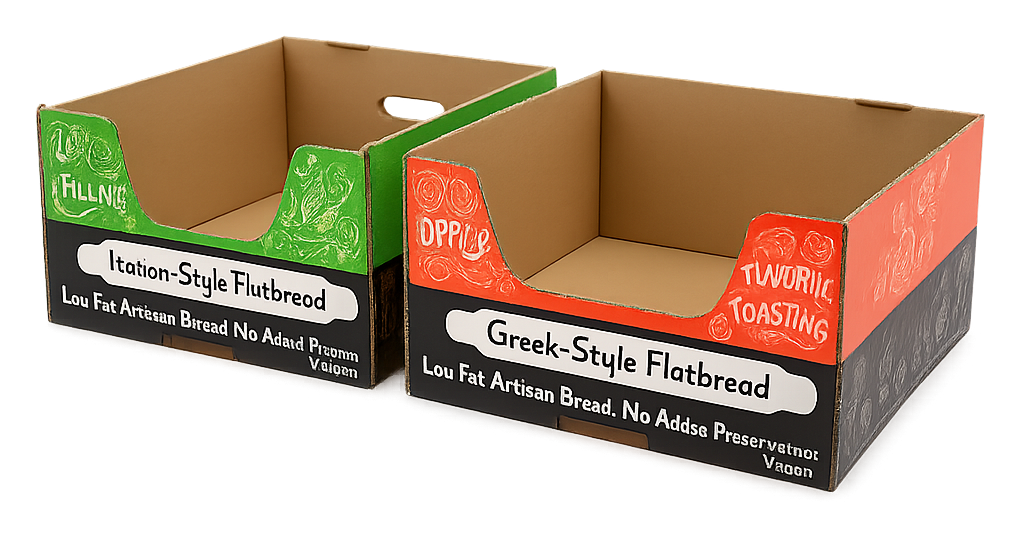
Next Steps for Physical Samples:
- Approve the sample for final production if all elements meet expectations.
- Request modifications if there are fit issues, material concerns, or branding inconsistencies.
- Test the sample in real-world conditions, such as placing it in a warehouse or shipping it to a test location.
Making the Final Decision
After evaluating the digital and physical samples, finalize your packaging decision by:
- Confirming with your team that the design meets branding, protection, and compliance requirements.
- Approving mass production once all issues are resolved.
- Coordinating with your supplier on lead times, material availability, and any final adjustments.
Final Thoughts: Ensuring the Best Packaging for Your Product
Receiving a packaging sample is a crucial step in avoiding costly mistakes and ensuring a seamless production process. By carefully evaluating both digital and physical samples, businesses can optimize product protection, branding impact, and customer experience.
Need expert guidance in reviewing your packaging samples? Contact Brown Packaging today to ensure your final packaging is perfect before production!
With new tariff proposals and continued trade uncertainty, 2026 is shaping up to be another pivotal year for packaging sourcing strategy. Many companies that shifted production away from China in
Following multiple rounds of tariff changes and trade policy adjustments, 2026 marks a turning point for U.S. packaging buyers. Many who previously transitioned from China to domestic or nearshore suppliers
Shifting packaging production from China to the U.S. can help stabilize costs, reduce tariff exposure, and shorten lead times. But the transition process requires careful planning. For packaging buyers, the
RSC boxes are known for their efficiency and versatility, but their performance ultimately comes down to strength. Buyers often see numbers like ECT, BCT, and burst strength on specifications —
Home » What to Do After Receiving a Packaging Sample


